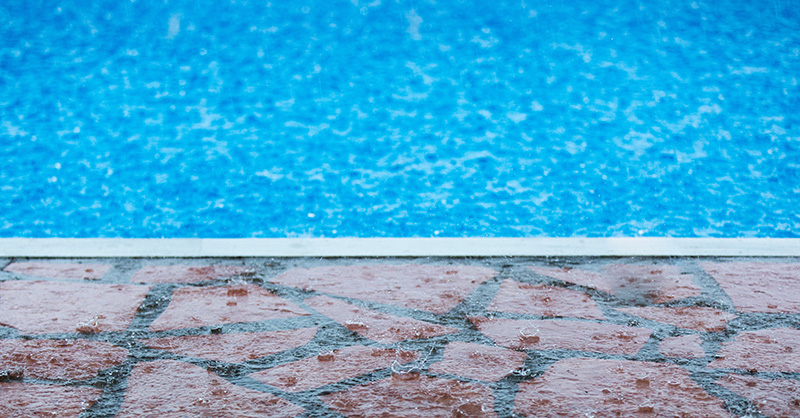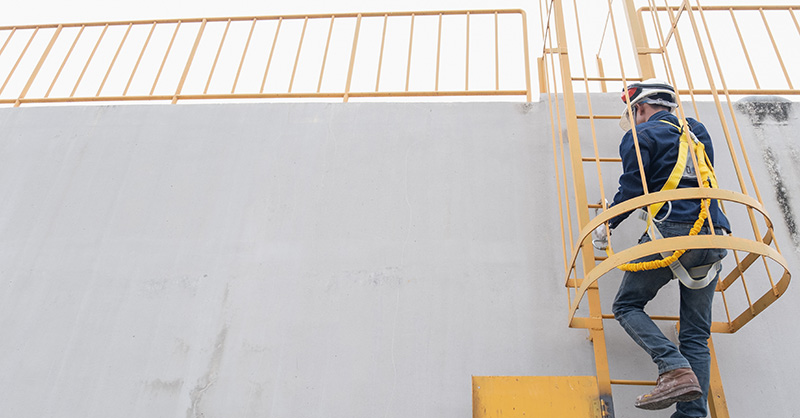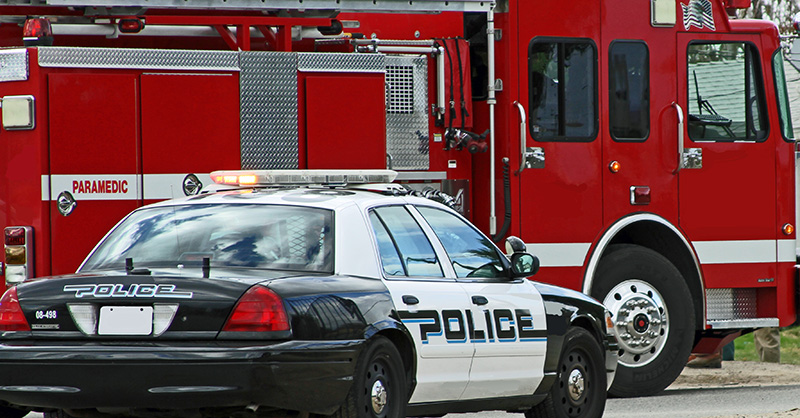How Dangerous is Lightning to Swimmers?

Lightning can be random and unpredictable. There’s a school of thought that indoor and outdoor lightning procedures should be treated differently. A very conservative attitude is recommended toward lightning whether considering an indoor or outdoor pool.
Why is Swimming During a Storm So Dangerous? (Even in Indoor Pools)
Water is an excellent conductor of electricity. Structures surrounding a pool, whether outdoor or indoor, may also be conductive. In addition, swimming pools are connected to a much larger surface area via underground pipes, gas lines, electric wiring and telephone wiring. Lightning strikes to the ground anywhere on this metallic network may induce shocks elsewhere.
Many victims of lightning aren’t struck directly but are injured when electric currents traverse the ground or a structure.
How to Prepare Your Pool Before a Storm
The National Electrical Code (NFPA 70) requires pools and their buildings to be properly bonded and grounded. However, grounding a pool can’t control lightning behavior to the electrical circuitry or adjacent metallic conductors. In addition, electrical bonding of a pool is, on rare occasions, improperly done and the bonding can deteriorate over time.
Swimming Safety Procedures for When Lightning Hits
The National Lightning Safety Institute (NLSI) recommends the following practical swimming safety procedures:
- Designate a responsible person as the weather safety lookout. This person should keep an eye on the weather and communicate to all areas of a facility.
- Educate members and staff about the hazards of lightning.
- Involve your maintenance staff and learn how your pool is connected to your plumbing and electrical systems.
- Establish protocols and an action plan for your facility. Your plan should include avoiding contact with all plumbing and electrical systems. Don’t forget to post your plans and train your staff. Communication should also include members and guests.
- If you are evacuating a pool, strongly encourage members and/or guests to shelter in place and educate them from exiting your facility in case of an active storm.
- Consult with the National Weather Service for published guidelines on the timing of lightning safety. The NLSI recommends the following: When thunder and/or lightning are first noticed, the Flash-To-Bang (F-B) method can be used to determine its rough distance and speed. This technique measures the time from seeing lightning to hearing associated thunder. For every five seconds from F-B lightning, that is one mile away. At an F-B count of thirty, the pool should be evacuated.
- Pool activities should remain closed until thirty minutes after the last thunder is heard. Why take a chance with lightning?
We’re Here to Help - Contact Our Loss Control Consultants Today
Great American’s team of Loss Control experts build on years of experience to help businesses prepare for and stay protected from different types of loss. Interested in learning more? Talk to our team of experts.

.jpg?sfvrsn=59fc2eb1_1)












